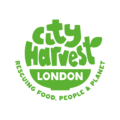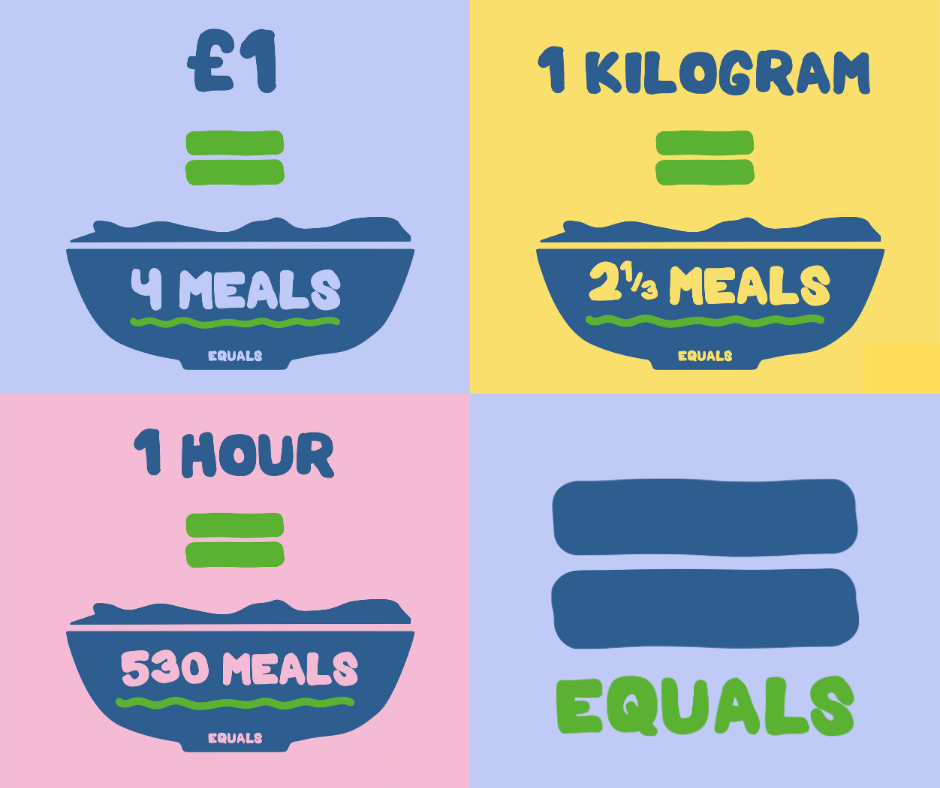What does it mean by no waste cauliflower?
Using ONE ingredient in lots of different ways helps to avoid waste
The team at Belazu has created this dish based around a cauliflower that uses every element of each ingredient to avoid waste. This means there are 3 recipes involved, but all are quite straightforward and will hopefully make you think twice about what goes in the bin. As a happy accident, the recipe is completely vegan- friendly, but the dish would be a perfect side for roasted meats or fish.
Belazu was one of City Harvest’s first surplus food partners and is a certified B-Corp. The Mediterranean ingredients company prioritises people and the planet when it comes to business and often takes part in City Harvest’s corporate volunteering programme, alongside donating quality surplus to support our food redistribution operation.
What is aquafaba?
Aquafaba is the water leftover from cooked chickpeas. Its properties make it a great substitute for eggs white, and it is used to make elements like vegan mayonnaise (as in this recipe) and meringues.
Ingredients
For the cauliflower:
-
1 head of cauliflower, with leaves and stalk intact
-
salt and pepper
-
2 tbsp Early Harvest Extra Virgin Olive Oil
-
2 tbsp Rose Harissa
-
1 garlic clove, peeled
-
1 lemon
-
1 jar of Chickpeas (660g)
-
1 jar of Balsamic Semi-Dried Tomatoes (330g)
For the pickled cauliflower stalks:
-
130g Chardonnay Vinegar
-
335g water
-
60g granulated or caster sugar
-
16g fine sea salt
-
2 small or 1 large clove garlic, peeled and thickly sliced
-
1 tsp black peppercorns
-
1 tsp coriander seeds
For the aquafaba mayonnaise:
-
1 tbsp aquafaba – the liquid from the chickpeas
-
½ tbsp Dijon Mustard
-
sunflower oil drained from 1 jar Balsamic Semi-Dried Tomatoes (approx. 120ml)
-
½ tsp White Wine Vinegar
-
a squeeze of lemon juice
-
salt and pepper to taste
Method:
For the cauliflower:
- Heat your oven to 205C fan or 220C non-fan. Trim the leaves and stalk of the cauliflower and reserve them for pickling.
- Cut the cauliflower in half through the core, then in quarters, then into large florets.
- Season with salt and extra virgin olive oil in a bowl (keep the bowl for dressing the cauliflower later), making sure the oil covers everything.
- Transfer to a baking tray and roast for around 25 minutes, or until golden on the outside, and softened in the middle.
- Whilst the cauliflower is cooking, drain the chickpeas but reserve the liquid. Drain the sundried tomatoes but reserve the seasoned oil.
- Make up a dressing for the cauliflower by finely chopping (or crush with a press) the garlic and add to a small bowl with the zest and juice of 1 lemon and the Rose Harissa.
- When the cauliflower has been cooking for around 25 minutes, remove it from the oven and add the drained chickpeas and tomatoes.
- Return to the oven and roast for another 5 minutes or until the chickpeas are warm and the tomatoes starting to crisp at the edges.
- Remove from the oven and put everything in a bowl. Add the Rose Harissa dressing and stir to coat thoroughly. Divide between plates and top with the pickled cauliflower stalks and aquafaba mayonnaise.
For the pickled cauliflower stalks:
- Trim the leaves, stalks and base of the cauliflower and wash thoroughly in cold water. The smaller inner leaves are fine to use as they are, but the thicker leaves and stalk will need to be thinly sliced to pickle. Once rinsed and chopped, put everything in a bowl or container, sprinkle with a little salt and toss to coat.
- Combine the chardonnay vinegar, water, sugar, salt, garlic and spices in a small pan, bring to the boil then turn off. When cool, pour over the stalks and leaves and cover with baking paper to keep submerged. They will be ready to eat in a few hours but best after 24.
For the aquafaba mayonnaise:
- In a small bowl, mix the aquafaba and Dijon mustard. Use a spoon or small whisk to combine then very slowly add the oil from the tomatoes, one drop at a time but adding extra as the base thickens and emulsifies, just as you would with making a traditional mayonnaise.
- Once the oil has been incorporated, add the white wine vinegar, lemon juice and season with salt and pepper. If the mayonnaise looks a little loose then use some additional oil.
- Taste and add more salt or lemon as you feel it needs it. If you like, you could add some extra virgin olive oil to give it a stronger flavour. Cover and keep in the fridge until ready to use.
Enjoy this recipe?
Our recipe page hosts a variety of recipes from chefs, food partners, supporters and our charity community. If you enjoyed making this recipe, check out some more.


